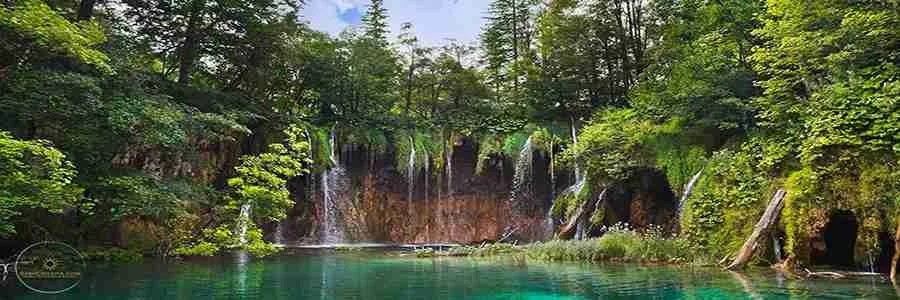Dubrovnik Cathedral – Dalmatia – Croatia, is a witness to Dubrovnik’s rich history. It is the seat of the Diocese of Dubrovnik.
The Cathedral of the Assumption of the Blessed Virgin Mary is build on the site of several former cathedrals. Including 6th, 10th and 11th century buildings, and their 12th century successor in the Romanesque style. All of which was largely destroyed in the earthquake. There is an urban legend connected to the last one:
According to this legend, the famous English king is returning from the Third Crusade in 1192. when he falls into a storm near Lokrum and barely survives. After that almost fatal event, he vows to donate ducats for the construction of a large church to the first city where he sets foot on safe ground. Of course, it was Dubrovnik, and the money used to build a Romanesque cathedral.
Today’s cathedral is a baroque building raised after the great earthquake in 1667.
At the time of the earthquake, Stjepan Gradić, Dubrovnik native, held high positions in the Vatican. And did his best to help his city. Thanks to him, some of the most famous Italian architects and artists of the time were able to participate in the restoration the Cathedral.

The Cathedral today houses the works of some of the artists who worked before the earthquake, such as Titian and Palma the Elder. Construction began in 1672. and fully completed in 1713.
The Treasury of the Dubrovnik Cathedral – Dalmatia – Croatia
The cathedral treasury contains 160 items from the 11th to the 18th century. Many of items testify the superb ability of the old Dubrovnik goldsmiths. The most valuable exhibit in the Treasury is the relic of St. Blaise, Dubrovnik’s patron saint, dating from the 11th and 12th centuries.
The Treasury, historically locked with three keys since ancient times. 1st key kept by the Prince, 2nd by the Bishop and 3rd by the secretary of the Republic. By design, the Treasury can only open by turning all three keys at the same time.

Discover Dubrovnik - Dalmatia - Croatia

Orlandos' Column - Dubrovnik - Croatia


